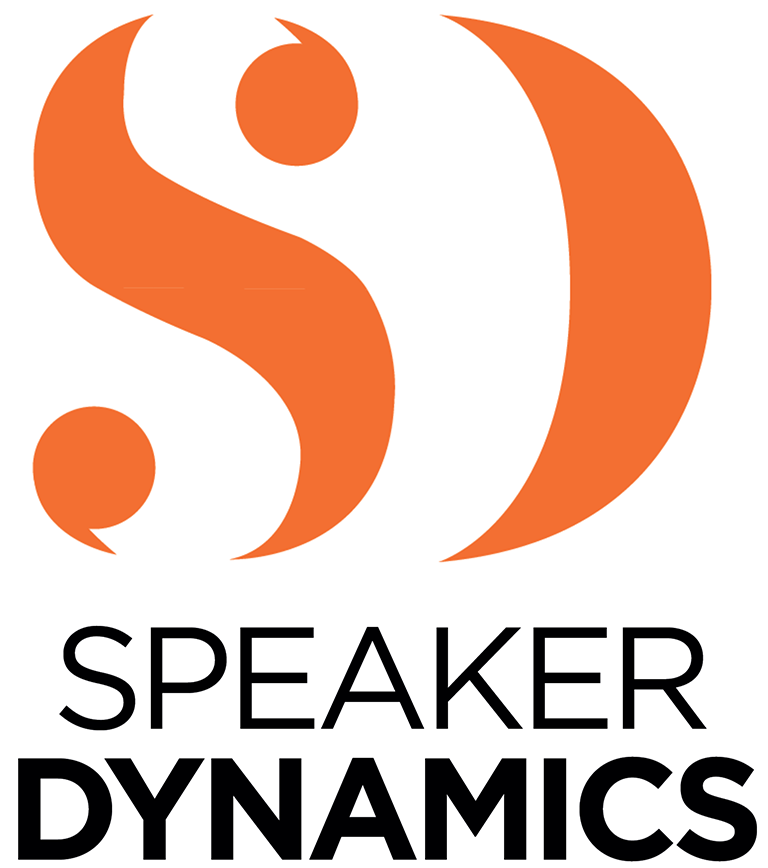Being nervous is not inherently bad when performing on camera, but it can manifest itself in ways that are problematic. One of the more damaging by-products is rushing.
Most people are not thrilled to be on camera and would rather get it over with as quickly as possible, but if your goal is to deliver a memorable message, you will fall short if your speech is like a runaway train that breathlessly pulls into the station.
If you are delivering a performance live, your audience will have only one chance to hear, process, and understand your message. Even if it is a taped performance, you can’t rely on their being motivated enough to rewind. Zoning out is a very real possibility.
The average person can speak at a rate of 125 to 175 words per minute but can listen at a rate of up to 450 words per minute. That disparity gives listeners ample time to have their minds wander.
Make Your Pace Viewer Friendly
A viewer-friendly pace is measured and deliberate, yet still energetic enough to hold the audience’s attention.
While it is not an apples-to-apples comparison, for the sake of illustration, consider a kindergarten classroom. Let’s say the teacher is the presenter and the students are the viewers. The teacher wants her class to do three things. Does she quickly spit out directions one, two, and three and expect her class to do what she is asking them to do?
Of course not.
They can’t process all of that information and actually act on it. Instead, she gives step-by-step instructions at a pace appropriate for a classroom of five-year-olds.
Vary Speed Based on Complexity of Topic
I am not advocating that everyone speak like a kindergarten teacher when on camera, but I do recommend keeping the limitations of the viewer in mind at all times. If you are speaking about an especially technical topic, slow down to accommodate the extra processing time your listener will probably require. Conversely, you can likely speed up a bit if your topic is less dense.
The time to be truly deliberate, however, is when delivering any key takeaway. You don’t want your viewer to ask, “What did he just say?” On-camera performances usually don’t allow for Q&A after the fact. You have one shot to get your point across, so make it count.
If you found this information valuable, check out my book, On-Camera Coach: Tools and Techniques for Business Professionals in a Video-Driven World, now available from Wiley Publishing. On-Camera Coach aims to take the mystery out of communicating through the camera and provides specific tips and techniques that can make your message sing—and you, the messenger, feel confident in a job well done.

